No one can imagine a beautifully decorated home without a few well-kept houseplants. Not to mention that taking care of a plant has a multitude of benefits for both the body and the soul.
But, what if nature’s little wonders seem to wreak havoc on your immune system? If you are an allergy sufferer, you may think that all plants are potentially harmful to you. In truth, some indoor plants are more likely to cause allergies than others.
Here are some plants you might consider not keeping in your home or office. If you’re curious about plants harmful to pets, refer to our article.
1. Bonsai Tree
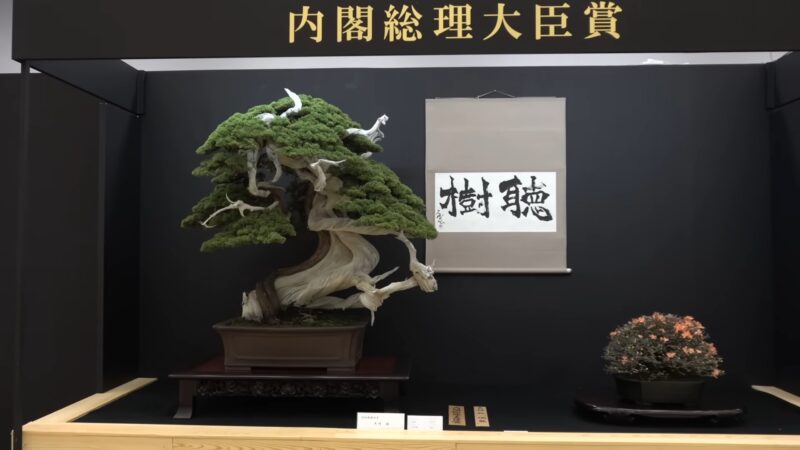
Bonsai trees, with their intricate designs and miniature stature, have always fascinated me. However, my personal experience with them wasn’t as pleasant as I had hoped.
Bonsai and Allergies: Certain types of bonsai, especially juniper and cedar, could cause significant trouble for people allergic to birch. They also need careful pruning and shaping, which means that you should always wear gloves when caring for them to avoid skin irritation.
Personal Experience: I remember the first time I got a bonsai as a gift. Its beauty was mesmerizing, but little did I know that it would trigger my allergies. The constant sneezing and itchy eyes were a clear sign that this plant was not for me.
2. Weeping Fig
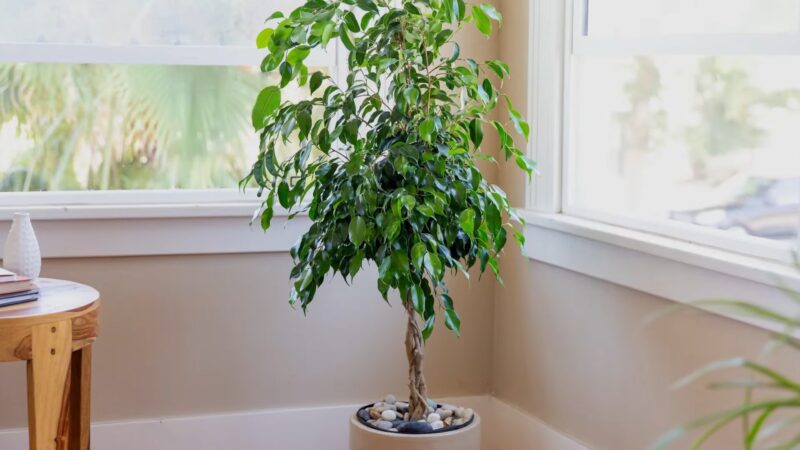
The Weeping Fig, with its cascading branches and glossy leaves, is a favorite among many. But for some, it’s a source of discomfort.
Allergenic Properties: According to the NCBI, the Weeping Fig is one of the most common indoor sources of allergens after dust mites and pets. Particles from the leaves, trunk, and sap of the plant can cause a reaction similar to a latex allergy.
Personal Experience: My sister had a Weeping Fig in her living room. Every time I visited, my allergies would act up, and I’d leave with watery eyes and a runny nose. It wasn’t until she removed the plant that my symptoms subsided.
3. Male Palms and Yuccas
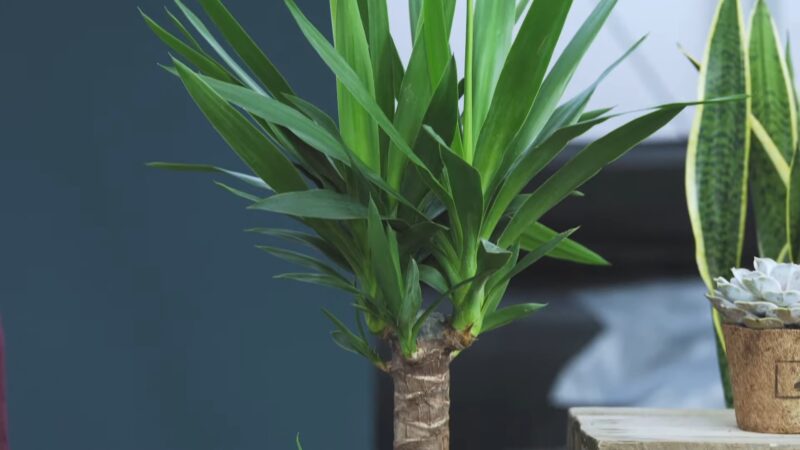
Introduction: Palms and Yuccas can add a tropical touch to any indoor setting. However, they might not be the best choice for everyone.
Pollen Production: According to the Asthma and Allergy Foundation of America, male palms produce a significant amount of pollen, which can easily spread indoors. Yuccas present a similar risk.
Personal Experience: I once had a beautiful male palm in my bedroom. It wasn’t long before I started waking up with a stuffy nose. After some research, I realized the pollen was the culprit and decided to replace it with a female palm.
4. Fern

Ferns, with their delicate fronds, can be a beautiful addition to any home. But they come with their set of challenges.
Allergenic Spores: According to WebMD, ferns release spores that can exacerbate allergy or asthma symptoms. They can also cause skin rashes similar to poison ivy.
Personal Experience: I once had a fern in my study. While it added a touch of greenery, it also brought along sneezing fits. The rash on my arm was the last straw, and I had to let it go.
5. African Violet
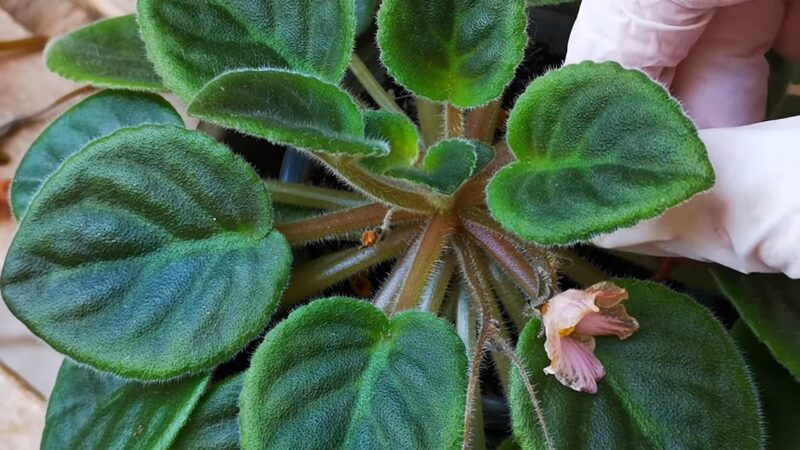
African Violets, with their vibrant blossoms, are hard to resist. But they come with a catch.
Dust Accumulation: According to the Mayo Clinic, the fuzzy leaves of African Violets can accumulate dust, which can be problematic for those sensitive to it.
Personal Experience: My grandmother loved African Violets. But every time I’d help her clean, I’d notice the dust on the leaves. Wiping them down became a routine, but my dust allergies made it a challenging task.
6. Chrysanthemum
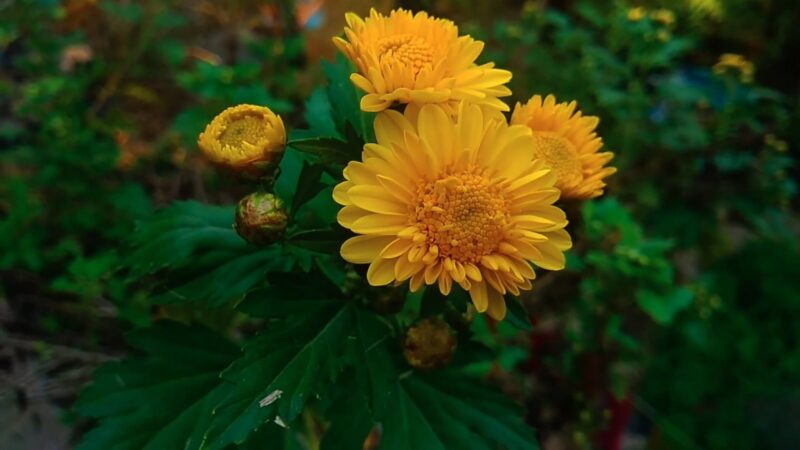
Chrysanthemums, with their colorful blossoms, can brighten up any room. But they might not be the best choice for vase arrangements.
Allergy Triggers: Chrysanthemums are related to ragweed, a common plant responsible for many seasonal allergies.
Personal Experience: I once received a bouquet of chrysanthemums. While they looked stunning on my dining table, they triggered my ragweed allergies. It was a lesson learned the hard way.
FAQ
Are all indoor plants potential allergens?
No, not all indoor plants cause allergies. However, some are more likely to trigger allergic reactions than others.
How can I determine if a plant is causing my allergies?
Monitor your symptoms when you introduce a new plant into your home. If you notice an increase in allergic reactions, the plant might be the culprit.
Can air purifiers help reduce allergens from plants?
Yes, air purifiers can help filter out pollen and other allergens released by plants, making the indoor environment more comfortable for allergy sufferers.
How often should I clean the leaves of my indoor plants?
It’s a good practice to wipe the leaves of your indoor plants once a week to remove dust and potential allergens.
Are there any plants that can help reduce indoor allergens?
Yes, some plants like the peace lily and mother-in-law’s tongue are known to purify the air and reduce indoor allergens.
Can I develop new allergies to plants over time?
Yes, it’s possible to develop new allergies at any point in life, including allergies to plants you previously had no reaction to.
Is it safe to have indoor plants in a child’s room?
While many indoor plants are safe, it’s essential to ensure that the plant is non-toxic and not a known allergen, especially if the child has a history of allergies.
Final Words
Living with hay fever or asthma doesn’t mean you can’t enjoy a little bit of gardening. On the contrary, some plants can help clean the air in your home and reduce exposure to allergens.
Some hypoallergenic plants are marginata, peace lily, dracaena, mother-in-law’s tongue, golden pothos, and philodendron. Remember to always choose your houseplants carefully and add them to your living space one at a time to monitor possible allergic reactions.
Moreover, don’t neglect to wear gloves when caring for your plants, and spray their leaves with water regularly.
